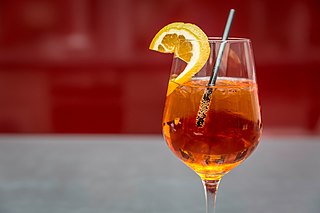
Iced beverages of any kind, but especially iced tea, have been a staple of hot summer days for generations. By definition, any form of cold tea is an iced tea, which implies, I can simply brew some hot tea, let it cool, and put the container into the refrigerator for a few hours, and voila, iced tea. Of course, that is a less than optimal approach, unless you’re in a hurry, or thirsty.
The simplest Lemon Iced Tea prepared from lemons, green tea, sugar, water, ice takes more attention than I normally provide. For your convenience, I have a 2-minute video with the directions. There are many, many more videos and recipes, but I like the music with this one, and it’s short.
Of course, as an historian, I can’t let my investigation of iced tea in America end here. For one thing, iced tea was once a rather alcoholic punch. In the beginning . . .
In 1795, Andre Michaux introduced several plants associated with the American Southeast —specifically: tea, camellias, gardenias, and azaleas — to Charleston plantations. Alcoholic punches with a green tea base became increasingly popular during the summer.
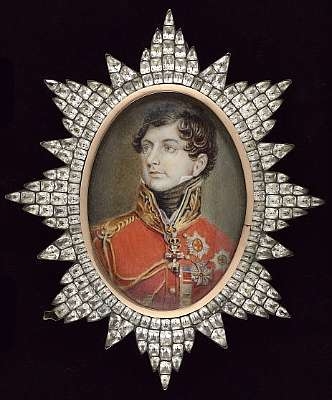
One of these was Regent’s Punch which appeared in 1815. Like it’s namesake, the punch is a bit excessive. Ingredients called for green tea, arrack (a form of rum distilled from palm tree sap), citrus juices, sugar, champagne brandy, and rum, mixed together and cooled by ice. One consumer said the concoction produced a “mad, delirious dizziness,” possibly from the first sip. [If you want to try it, check out the recipe and video at the end of this blog.]
Ice was almost as important as the alcohol in 19th century punches. In the early 19th century entrepreneurs in the northernmost states found a way to ship ice south. Once the lake water froze, it was harvested and preserved in sawdust until hot, humid weather took hold in the south. Americans dominated the global ice trade in the 19th century.
One popular punch, still consumed, is the Chatham Artillery Punch created by A. H. Luce, a bartender who mixed the concoction in a horse bucket. (I hope it was a clean one.) The recipe is fairly straightforward.
- The night before you make the punch, thinly peel 8 lemons and muddle the peels with 1.5 cups of sugar in a jar. Save the lemons.
- The next day, fill a large bowl with crushed ice. Pour in 1 pint of brandy, 1 pint of rum, and 1 pint of whiskey
- Juice the lemons. Add the juice to the lemon peel and sugar. Stir to dissolve the sugar.
- Strain out the lemon peels.
- Pour the lemon juice and sugar into the bowl.
- Add two bottles of champagne.
- Serve chilled.
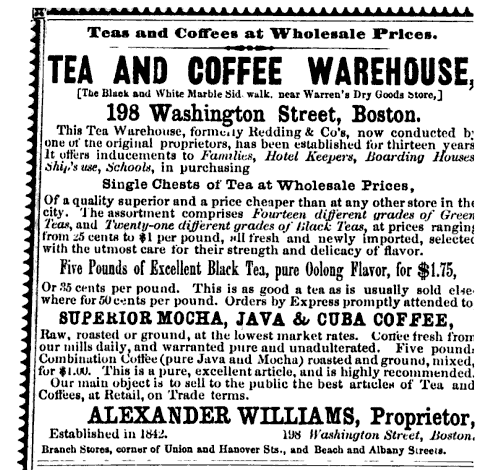
Iced tea became less alcoholic as the 19th century progressed, perhaps due to very active Temperance and Tea Total campaigns. In 1856 S. P. Semple, a druggist in Richmond, Virginia advertised that at his soda fountain, “the exhilarating effects of a glass of iced Tea or Coffee [would] speak for themselves.”
The contemporary Boston Tea & Coffee Warehouse advertisement points out the warehouse has 14 different grades of green tea and 21 different grades of black tea that are fresh and reasonably priced. Five pounds of oolong black tea costs a mere $1.75.
Around the same time, the Saturday Evening Post suggested iced tea was a perfect summer drink. “Tea made strong ,. . . well sweetened, with good milk or better cream in it in sufficient quantity to give it a dark yellow color, and the whole mixture cooled in an ice chest . . . is the most delicious, the most soothing, the most thirst allaying drink.”
My favorite endorsement of iced tea is from the Harrisburg Telegraph which stated that “Iced tea, with a small slice of lemon in it, is said to be decidedly ahead of love, limberger [sic], or lager, as a summer exhilarator.” It’s the first time I’ve ever considered limburger cheese to be any kind of summer ‘exhilarator.’
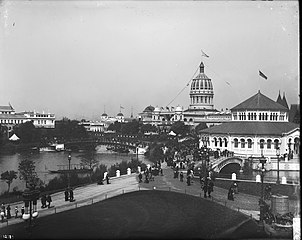
At the 1893 Chicago World’s Fair & Columbian Exposition, N. B. Reed grossed over $2,000 [about $50,000 in 2016 dollars] from sales of iced tea.
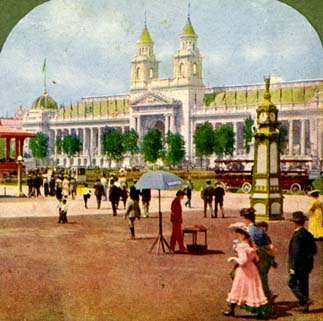
At the 1904 St. Louis World’s Fair, Richard Blechynden, director of the East Indian Pavilion, offered free hot Indian tea to everyone. Unfortunately, no one wanted any, because the temperature outside was too hot. Not to worry. Blechynden filled large bottles with the brewed tea and placed them upside down on stands so the liquid could flow through iced lead pipes. Free iced tea was a hit.
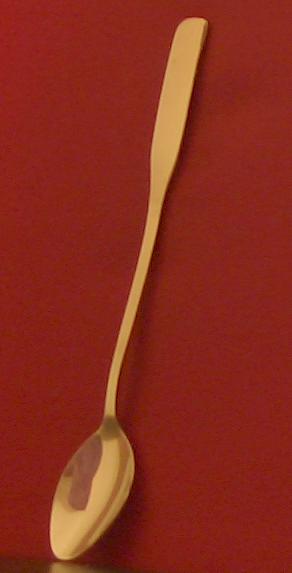
By 1920, iced tea was an American staple and required special tall glasses, long teaspoons, and small lemon forks.
Statistically, 85 percent of Americans prefer to drink tea that is chilled. I presume that refers to iced tea, and not the hot tea that gets cold while I’m in a writing frenzy.
Regent’s Punch Recipe
As a reward for reading this far, here is the recipe for Regent’s Punch, in case you want to follow along as you watch the video.
Four servings of Regent’s Punch require
- 1 Lemon
- 1 Mandarin Orange
- 1 Bitter Orange
- 2 oz Sugar
- 16 oz Green Tea
- 5 oz VSOP Cognac
- 2 oz Jamaican Rum
- 1 oz Maraschino
- 1 Bottle Brut Champagne
- Oleo Saccaharum made from 1 Lemon, 1 Mandarin Orange, 1 Butter Orange, and 2 oz White Sugar
Instructions
- Combine Oleo Saccaharum with the tea
- Juice citrus into a punch bowl
- Add of of spirits to the bowl and decant mixture into a bottle
- Refrigerate until ready to serve
- To Serve: Pour mixture into punch bowl & top with Champagne
I think I’ll stick to plain iced tea with lemon.
🍹🍹🍹
Illustrations
Iced tea with lemon wedge by Markus Spiske
George IV, 1905
Tea & Coffee Warehouse Advertisement, 1856
Iced Tea Spoon
1893 World’s Columban Fair
1904 World’s Fair
“The Sweet History of Iced Tea.” Revolution. Aug. 1, 2018.
“Iced Tea History – Sweet Tea History.” What’s Cooking America.
Tove Danovice. “As American as Iced Tea.” NPR. June 9, 2015.
Drew Podo. “Drink This: Chatham Artillery Punch.” Atlanta Magazine. June 8, 2016.
Julia Tunstall. “Regent’s Punch.” A Bar Above. Nov. 21, 2019.

Sandra Wagner-Wright holds the doctoral degree in history and taught women’s and global history at the University of Hawai`i. Sandra travels for her research, most recently to Salem, Massachusetts, the setting of her new Salem Stories series. She also enjoys traveling for new experiences. Recent trips include Antarctica and a river cruise on the Rhine from Amsterdam to Basel.
Sandra particularly likes writing about strong women who make a difference. She lives in Hilo, Hawai`i with her family and writes a blog relating to history, travel, and the idiosyncrasies of life.

